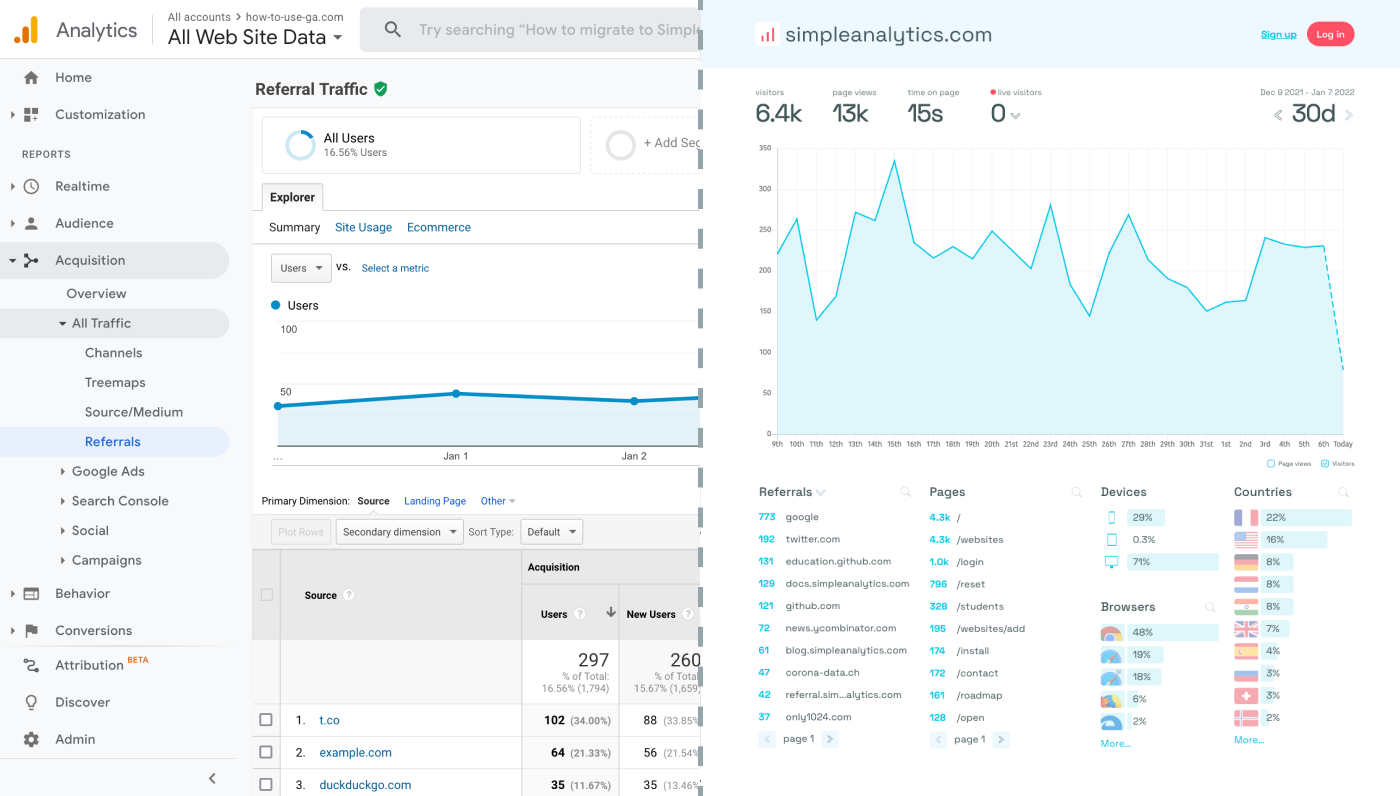Blitz News Digest
Stay updated with the latest trends and insights.
Google Analytics: The Crystal Ball for Your Website's Success
Unlock the secrets of your website's success with Google Analytics—your ultimate crystal ball for tracking and boosting performance!
How to Leverage Google Analytics for Effective Decision Making
Google Analytics is an indispensable tool for businesses aiming to improve their decision-making processes. By leveraging its vast array of features, companies can gain valuable insights into customer behavior, website performance, and overall marketing effectiveness. With its comprehensive data tracking capabilities, Google Analytics allows you to analyze key metrics such as traffic sources, user engagement, and conversion rates. This information is crucial for identifying trends and optimizing your strategies. To get started, set clear objectives for what you want to measure and utilize the custom reports feature to focus on metrics that directly align with your business goals.
Once you have your data organized, it's crucial to interpret it effectively. Consider using the Audience Reports to understand your visitors’ demographics and interests, which can help tailor your content to meet their needs better. Furthermore, implementing event tracking will allow you to analyze specific actions users take on your site, enhancing your understanding of what drives engagement. Don't forget to set up goals and funnels in Google Analytics; these will provide insight into your customers' journey and help identify any drop-off points. By continuously monitoring and adjusting your strategies based on Google Analytics data, you can make informed, data-driven decisions that lead to increased conversions and a stronger online presence.

Top 5 Metrics You Must Track in Google Analytics for Website Growth
To enhance your website's growth, monitoring the right metrics in Google Analytics is crucial. Here are the Top 5 Metrics you must track:
- Traffic Sources: Understanding where your visitors are coming from—be it organic search, social media, or referral sites—helps you allocate resources effectively.
- Bounce Rate: This metric indicates the percentage of visitors who leave your site after viewing only one page. A high bounce rate may signal that your content isn't engaging enough or that your site needs optimization.
Continuing with our list, the next two essential metrics are:
- Avergage Session Duration: This metric reveals how long visitors stay on your site, indicating the quality of your content. A longer average session duration typically implies that users find your site valuable.
- Conversion Rate: Measuring how many visitors complete desired actions (like signing up for a newsletter or making a purchase) is vital for gauging your site's effectiveness in achieving its goals.
Finally, don't underestimate the value of User Behavior Flow, which illustrates the path users take through your site, helping you identify bottlenecks and opportunities for enhancement.
Is Google Analytics the Key to Unlocking Your Website's Potential?
Google Analytics is a powerful tool that can significantly enhance your understanding of website performance. By collecting and analyzing data about your site's visitors, you gain valuable insights into their behavior. This includes metrics such as page views, bounce rates, and user demographics. With this information at your fingertips, you can identify which areas of your website are performing well and which ones may need improvement. In essence, Google Analytics acts as a crystal ball, allowing you to predict user behavior and tailor your content to meet their needs.
Furthermore, utilizing Google Analytics enables you to track the success of your marketing efforts. You can monitor traffic sources, which helps in understanding which channels are driving the most visitors to your site. By setting up goals and conversion tracking, you can effectively measure the performance of your calls to action, enabling you to make data-driven decisions. In summary, Google Analytics is more than just a tracking tool; it is the key to unlocking your website's potential by providing comprehensive insights that pave the way for strategic optimization.